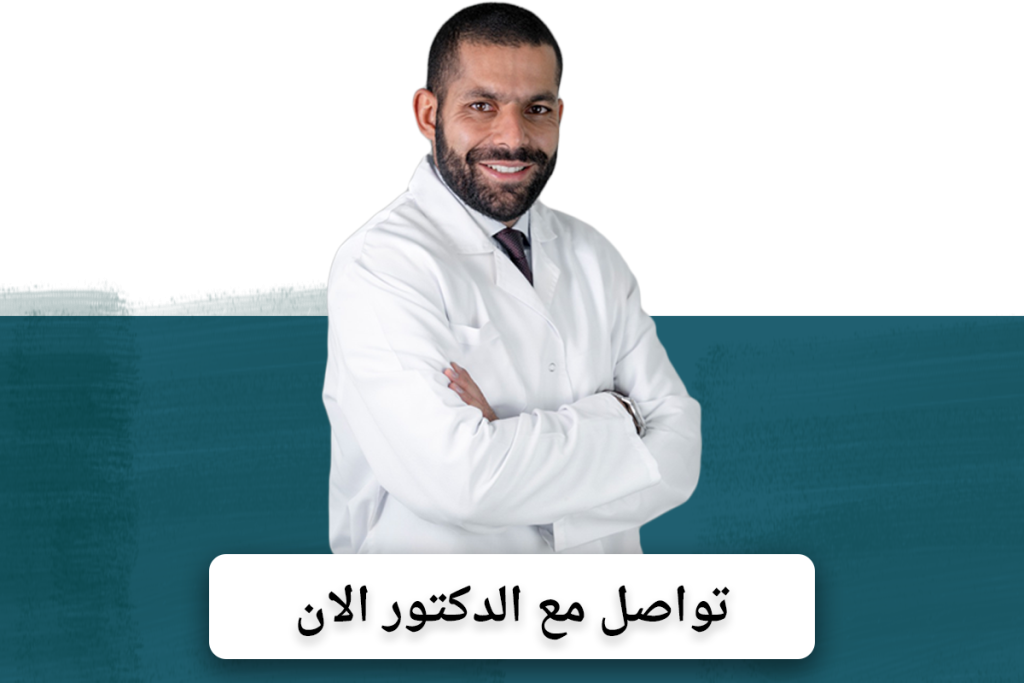
Shoulder arthroscopy, also known as shoulder arthroscopy or shoulder arthroscopy, is a surgical procedure used to diagnose and treat a variety of problems in the shoulder. This procedure is performed using a small, flexible endoscopic device called an endoscope, which is inserted through a few small incisions in the skin.
During shoulder arthroscopy, the scope is inserted through skin incisions, and the shoulder is inflated with gas to expand the field and improve vision. The camera in the arthroscope is used to image the tissues and joints in the shoulder. This allows the surgeon to see the inside of the shoulder and diagnose potential problems.
After diagnosis, treatment procedures during shoulder arthroscopy may include:
- Repairing torn tissues: If there are torn tissues in the shoulder, such as ligaments or tendons, they can be repaired through precise surgical procedures using small instruments passed through the incisions.
- Removal of cartilage bulges: If there are cartilage bulges in the shoulder, they can be removed during an arthroscopic procedure.
- Adhesiolysis: If there are adhesions between tissues in the shoulder, they can be separated and released during the operation.
- Joint reconstruction: In some severe cases, there may be a need to partially or completely rebuild the joint, using tissue transplants or artificial materials.
A surgeon who specializes in shoulder surgery is best suited to determine whether a shoulder arthroscopic procedure is feasible and to evaluate its suitability for your case. There may be some cases that require open surgery instead of laparoscopic surgery, depending on the characteristics of the problem and the individual circumstances of each patient.

The success rate of shoulder arthroscopy
The success rate of shoulder arthroscopy depends on several factors, including the type of problem being treated, the skill and experience of the surgeon operating, and the patient’s general shoulder condition. Overall, shoulder arthroscopy is an effective and common surgical procedure for treating a wide range of shoulder problems.
In many cases, good results are seen after shoulder arthroscopy, with symptoms improving and the function of the affected shoulder restored. Positive results may include pain relief, improved range of motion, and restoration of strength and stability in the shoulder.
However, the success of the operation must be evaluated individually for each case. There may sometimes be potential complications of shoulder arthroscopy, such as bleeding, infection, or tissue damage. Therefore, it is important to evaluate the potential risks and benefits of the operation with the treating surgeon.
You should consult a qualified and specialized orthopedic or shoulder surgeon to evaluate your case and discuss the expectations of the operation, the likely success rate, and the potential risks of the operation.
After shoulder arthroscopy
After shoulder arthroscopic surgery, you will need a recovery period to allow the shoulder to heal and return to its normal function. Recovery time may vary between individuals depending on the type of operation, the extent of the problem treated, and the patient’s general shoulder condition. Here are some general tips for the post-shoulder arthroscopic procedure:
- Shoulder rest: You will need to avoid using the affected shoulder and avoid activities that put excessive stress on the shoulder. Your surgeon may recommend wearing a shoulder brace or splint to help stabilize the shoulder and reduce movement.
- Drug treatment: The surgeon may prescribe medications to relieve pain and reduce inflammation. You should follow your surgeon’s instructions regarding dosing and medication schedule.
- Physical therapy sessions: The surgeon may recommend participating in physical therapy sessions to promote recovery, restore shoulder movement, and increase muscle strength. You will receive special exercises and techniques to improve shoulder balance and flexibility.
- Monitoring the wound: The wound at the site of skin incisions should be monitored and the surgeon’s instructions regarding cleaning the wound and changing dressings should be followed. Any signs of inflammation or infection should be reported to the surgeon immediately.
- Gradual return to activities: Strenuous activities and heavy loads on the shoulder should be avoided during the recovery period. You should consult your surgeon or treating health worker about when you can resume routine activities and sports.
You must communicate with your surgeon about your recovery and progress. Recovery may require some time and patience, but in most cases, patients can regain shoulder function and return to normal daily activities.
Shoulder pain after arthroscopic surgery
After shoulder arthroscopy, some people may feel some pain in the treated shoulder. This is expected in the first days after the operation. Here are some possible causes of pain and some tips for dealing with it:
Swelling and inflammation: Swelling and inflammation may occur in the shoulder after surgery as a result of surgical intervention. Compressed ice can be used on the shoulder to reduce inflammation and relieve pain. The surgeon may also prescribe anti-inflammatory medications to relieve symptoms.
- Tissue irritation: Irritation may occur in the tissues surrounding the shoulder as a result of surgical intervention. The patient may feel temporary pain or sensitivity in the shoulder. Topical analgesics or prescription medications may be used to relieve pain.
- Muscle Tension: Tension may occur in the muscles surrounding the shoulder as a result of surgery or the fixation that is placed during the procedure. Muscle relaxation techniques and stretching exercises can be used to relieve tension and reduce pain.
- Nerve sensitivity: Some nerve sensitivity may occur in the shoulder after the operation. The patient may feel constant pain or numbness in the shoulder or arm. You should inform the surgeon of any abnormal symptoms that appear and contact him to evaluate the condition.
Over time and as the recovery process progresses, the pain should gradually improve. If your pain persists or worsens, or if you are concerned about any abnormal signs, you should contact your surgeon or health worker for evaluation and care.

